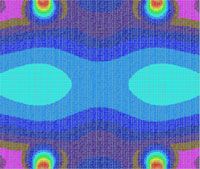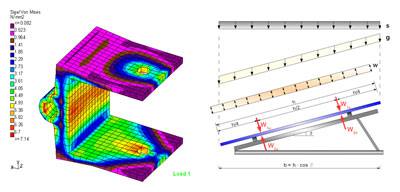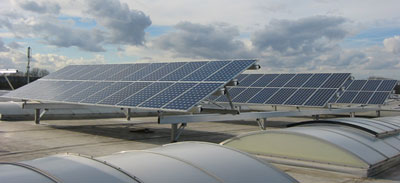
Principles
Designing structures is a matter of trust. This applies at all stages of your project from concept to completion. By following the generally recognised code of practice, both the ultimate limit state design and the serviceability limit state design provide the required level of confidence. The technical term “generally recognised code of practice” covers the applicable national codes, general technical approvals and regulations. Compliant planning provides legal assurance with respect to building regulations.

The fundamental requirements of building regulations are not solely restricted to buildings, bridges and similar structures. They cover photovoltaic systems as well, either as part of an existing building or field plants forming an independent structure. National building regulations may allow photovoltaic plants to be built without planning permission within defined conditions. Even in case structural proofs are not compulsory owner s are advised to build strictly according to recognised standards or certified systems in order to construct in a safe way. This would be warranted by our standard system design or by individual design solutions.
The technical term “system design” must not suggest an inaccurate perception of structural safety of the overall project. The system design is focused on the standard mounting system disregarding specific requirements of an existing building or ground conditions. Hence this is calling for inspections on existing buildings or soil investigation on field plants.
Inspections of existing structures reveal a typical task of structural engineers. Ideally this would be performed by the original planner who can refer to an existing electronic database, and avoid time consuming familiarisation with the project. In most cases this scenario does not apply.

Based on experience of planning of photovoltaic racks and knowledge of loadings on the structure, we provide the service of assessment on existing structure regarding a remaining load capacity for installation of mounting racks. The checking process would usually be considerably facilitated, provided existing structural calculations and construction drawings are available. Alternatively recalculations based on a survey can be provided. For any enquiries regarding checks on existing structures we would be glad to provide consultation.

Construction generally, but the photovoltaic sector in particular, becomes more and more an international business, with the course of globalisation planning and construction expanding beyond the borders of Europe. Despite physics follows the same principles all over the world, the building codes differ considerably from country to country. Within Europe we currently aim for harmonization of the codes, but regulations about wind and snow actions are still the area of responsibility of national and local authorities. In most other countries outside Europe corresponding codes apply to design loadings and structural proofs. For any questions with respect to international projects we would be glad to provide our service.











